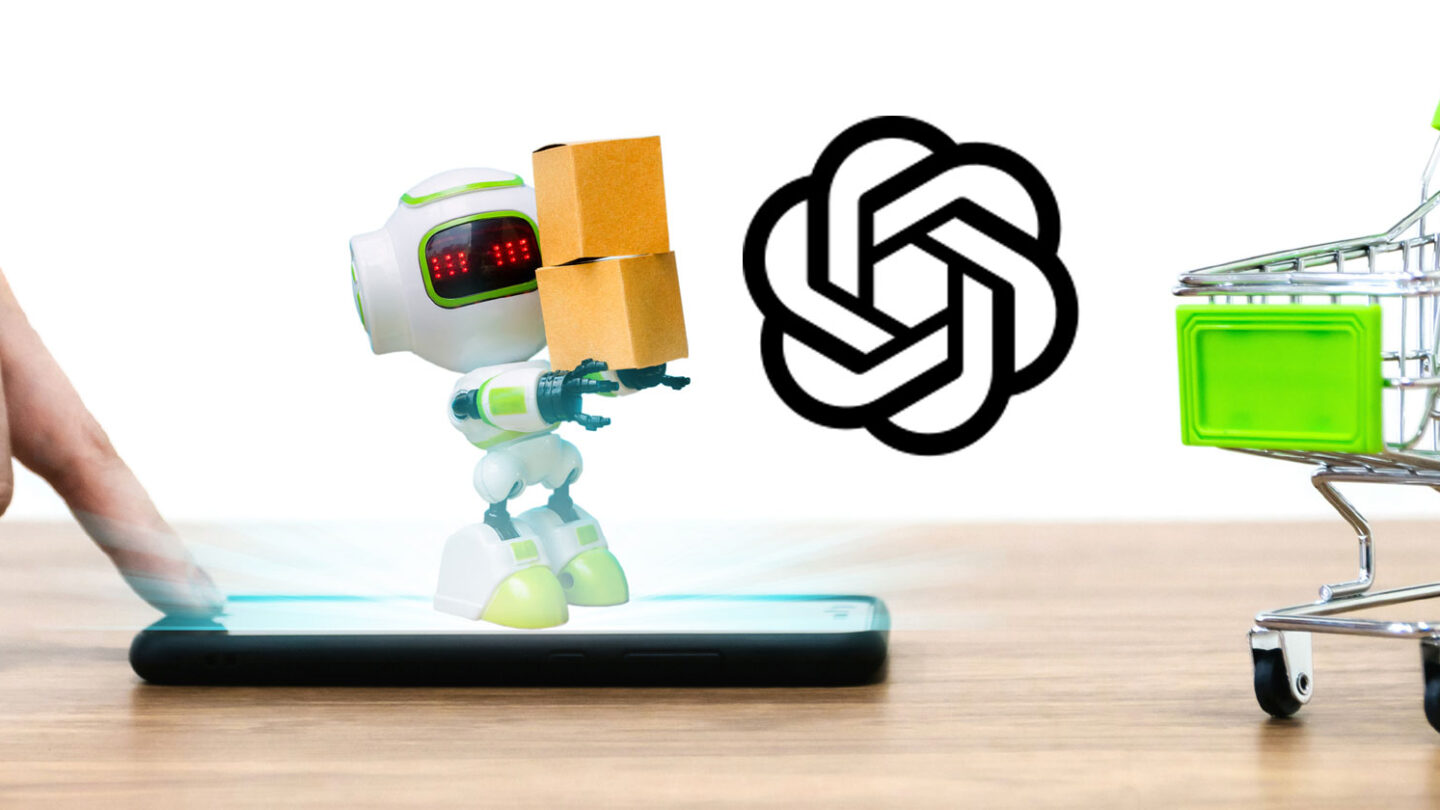Scale & Strategy
This is Scale & Strategy, your business weather man – helping you navigate the storms, and embrace the sunshine!
Here’s what we got for you today:
- Google scoops up Windsurf CEO after OpenAI deal implodes
- Shopify quietly becomes a GPT data source, while Prime Day drives a record-breaking sales week
- Why Traditional Marketing Metrics Can Mislead You — And What to Track Instead
Google scoops up Windsurf CEO after OpenAI deal implodes
Google just hired Windsurf CEO Varun Mohan and a team of researchers in a $2.4B licensing deal, following the collapse of OpenAI’s $3B acquisition over complications tied to Microsoft.
The details:
- Mohan and co-founder Douglas Chen are joining Google to work on agentic coding within the Gemini team. Windsurf will stay independent under interim leadership.
- OpenAI’s original deal hit a wall due to Windsurf’s concerns about Microsoft’s rights to their tech through its existing partnership with OAI.
- Microsoft reportedly refused to grant an exception, and the deal’s exclusivity window expired—killing what could’ve been one of OpenAI’s biggest acquisitions.
- The new Google deal includes multi-year comp packages and a non-exclusive license, so Windsurf can still serve its enterprise customers.
Why it matters:
OpenAI’s missed acquisition is a win for Google—and a signal that tensions between Microsoft and OpenAI may be deeper than they let on. What was supposed to be a major strategic pickup turned into another high-profile stumble, as the Windsurf team walks into the arms of a direct competitor.
Shopify quietly becomes a GPT data source, while Prime Day drives a record-breaking sales week
AI just made shopping faster — and smaller merchants might actually benefit.
Without much fanfare, OpenAI quietly added Shopify as a third-party data provider to ChatGPT’s search results back in May… and told pretty much no one.
Now, when users ask ChatGPT about products, it can pull real-time info from Shopify stores — including prices, images, and product descriptions — and surface them directly in the conversation.
If you’re a Shopify merchant (or even on select other platforms), you can opt in to OpenAI’s StoreBot indexing, which may increase your products' visibility inside AI chat interfaces.
That’s good news for merchants who typically get buried in traditional search rankings. And for shoppers, it means more relevant, product-rich answers without needing to click through 12 tabs.
And yes — people are absolutely still in the mood to spend:
- U.S. online retail sales hit $24.1 billion during the extended Prime Day week, according to Adobe Analytics.
- That’s a 30.3% increase YoY, driven by sitewide discounts (11–24%) and a surge in mobile shopping.
- The spike equaled two full Black Fridays… in just one week.
The takeaway:
AI search is cutting down browsing time. And platforms like Shopify are now getting embedded directly into that flow. Combine that with big deal events like Prime Day, and we’re entering a new kind of discovery environment — where the best product might actually surface, not just the one with the biggest ad budget.
Why Traditional Marketing Metrics Can Mislead You — And What to Track Instead
Marketers love numbers. But sometimes, those numbers lie.
Take this: Campaign A generates 100 leads, Campaign B drives 200. So together… that’s 300 leads, right?
Not quite.
According to Ben Vigneron, this kind of straight-line thinking can leave you blind to how your marketing actually works. His advice? Shift from just counting leads to understanding how your campaigns interact.
Here’s how to think about it:
1. Additive effects
Campaigns work independently, and results stack.
Example: A = 100 leads, B = 200 leads → Total = 300.
Simple. But not always accurate.
2. Multiplicative effects
One campaign boosts the impact of another.
Example: Brand awareness increases conversion rate on direct response. So the total result is greater than the sum.
3. Synergistic effects
Campaigns amplify each other in nonlinear, sometimes exponential ways.
Example: Brand campaign + performance = 1 + 1 = 3.
You might be thinking, “Let’s just run incrementality tests.”
Sure, they help — but even those often only capture single-channel effects. They can miss what really matters: the cross-channel synergy that happens when campaigns run together.
Instead, try this 4-test framework:
- Test 1: Branding only.
You’ll likely see low direct impact — but don’t sleep on it.
- Test 2: Direct response only.
This shows the additive baseline.
- Test 3: Brand + Direct Response.
Now we’re cooking. If this outperforms the sum of Tests 1 and 2, you’ve got multiplicative lift.
- Test 4: Brand + DR at scale.
Look for outsized, compounding results. That’s synergy in action.
The big takeaway:
Not all results are linear. Some campaigns make each other stronger — or weaker. Traditional metrics won’t tell you that.
You need to think like a systems strategist, not just a lead counter. Track interactions, not just outcomes. That’s how you stop flying blind and start marketing with real leverage.
Was this email forwarded to you?
That’s it for today and as always It would mean the world to us if you help us grow and share this newsletter with other operators.
Our mission is to help as many business operators as possible, and we would love for you to help us with that mission!


